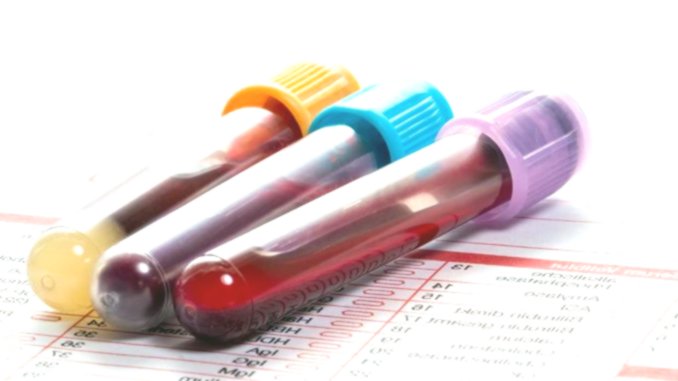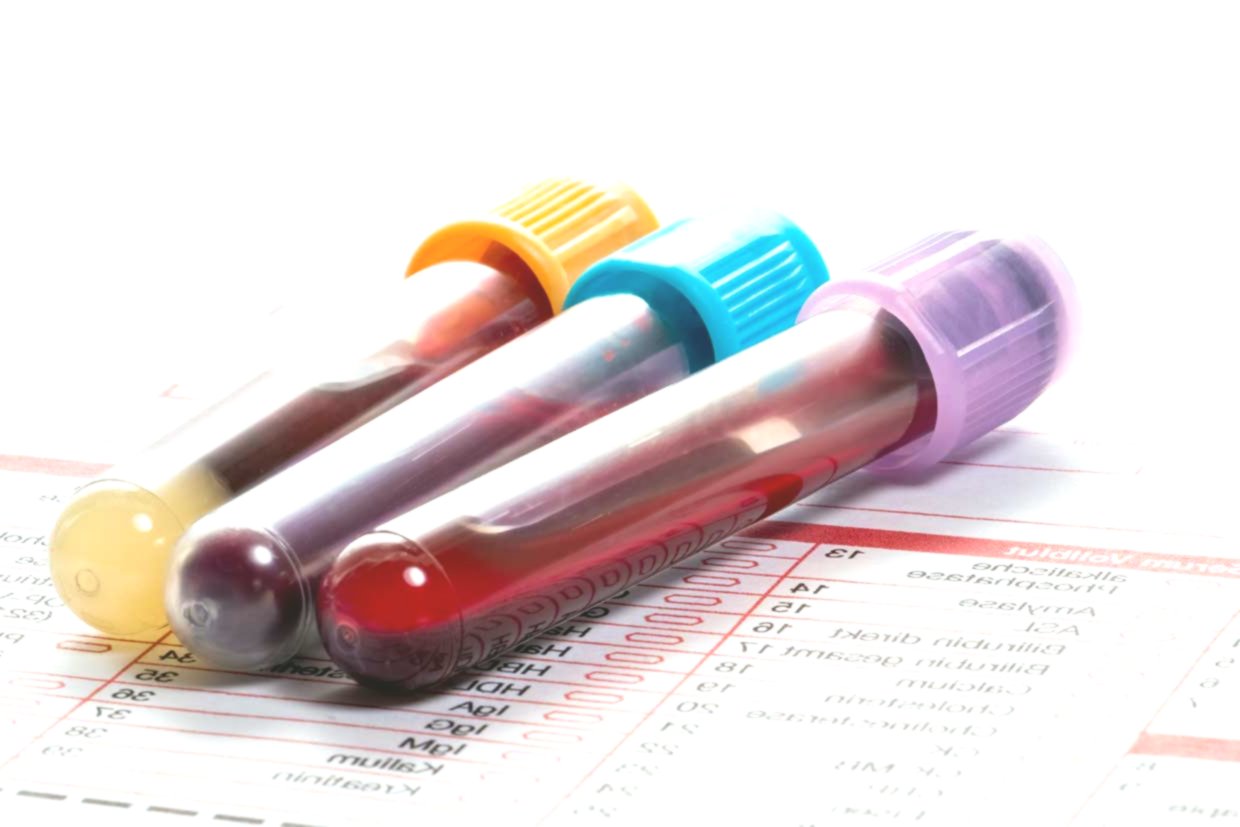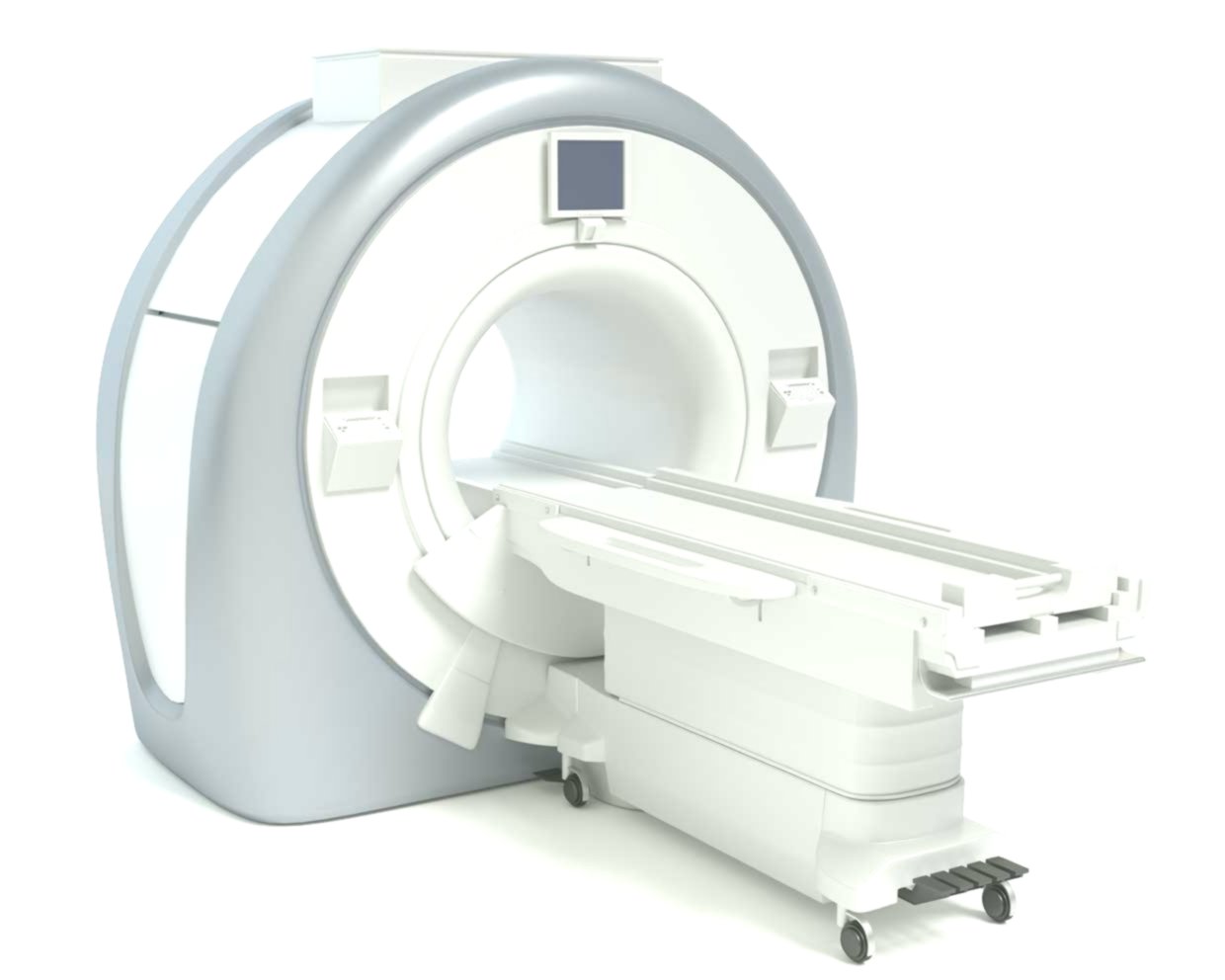
With leukemia (blood cancer), the formation of white blood cells is disturbed. They develop faster, but can no longer perform their immune defense role. Due to their proliferation, the remaining healthy leukocytes are replaced by sick ones. At the same time, the affected leukocytes also push back the red blood cells and platelets. The blood count is correspondingly striking.
Leukemia – overview of forms
There are different forms of leukemia. However, the maturation of the blood cells is disturbed in all of them, so that the leukocytes do not develop fully. The process begins on a small scale. A single leukocyte shows the corresponding disorder. It begins to divide again and again, and multiply rapidly. The result is so-called cell clones, because all cells formed have the same disorder. A distinction is made between:
- Acute myeloid leukemia (AML)
- Chronic myeloid leukemia (CML)
- Acute Lymphoblastic Leukemia (ALL)
- Chronic Lymphocytic Leukemia (CLL)
Acute myeloid leukemia
Acute myeloid leukemia arises from myeloid cells. These are immature leukocyte stem cells. In another variant, the disease arises from degenerate erythrocytes or platelets. AML is more of a disease of older adults. It is also quite rare. Thanks to good progress in research, the chances of a cure have increased significantly in recent years.
Chronic myeloid leukemia
In chronic myeloid leukemia, there is initially a strong increase in a subform of the white blood cells (granulocytes). In the course of the disease, these cells are washed into the blood in large numbers. Treatment options have also improved significantly with CML. With good medicinal attitudes, patients can cope with their everyday life with a good quality of life. CML is treated with chemotherapy.
Acute lymphoblastic leukemia
This form of leukemia mainly affects children up to the age of five. It can occur in adults, but this is rarely the case. ALL shows symptoms such as enlarged lymph nodes and a conspicuous cluster of infections. Bleeding is also possible. As the disease progresses, the brain may be affected, causing the patient to show neurological symptoms. The prognosis is especially good for children. Treatment is via chemotherapy.
Chronic lymphoblastic leukemia
CLL is a malignant disease of the lymphatic system and is also known as non-Hodgkin’s lymphoma. It occurs frequently and is a form of leukemia that mainly affects people from the second half of their lives. In the process, the immune system is severely weakened because the B lymphocytes are severely weakened and can no longer produce antibodies. Nevertheless, the B lymphocytes are present in large numbers and can be detected in the blood, as well as in the lymph nodes, the liver and the spleen. Treatment is via chemotherapy and a bone marrow transplant.
Symptoms of acute leukemia
Symptoms soon appear in both forms of leukemia. These signs can be general, so they are rarely associated with a serious illness. The first signs are:
- fever
- night sweats
- fatigue
- weight loss
Further symptoms appear in the course of the disease, which clearly indicate an illness. The cause of these symptoms is that the healthy blood cells have been further displaced and the lack thereof causes serious health problems. These include pallor, shortness of breath and rapid heartbeat. Other signs are possible.
Causes of acute leukemia
The causes of the development of leukemia are largely unknown. However, there are factors that can be assumed to increase the overall risk of cancer. This also includes leukemia. Certain viruses are regarded as possible triggers. Controversial possible triggers are increased radiation exposure, certain medications and chemicals. The risk factors must also be mentioned here. This includes trisomy 21. People with this genetic defect are disproportionately often affected by leukemia. But leukemia is also a disease of older age. Young people can get sick, but most of those affected are over 60 years old.
Examination procedure for a safe diagnosis of leukemia
If leukemia is suspected, a quick diagnosis is important. The tests start with a blood test. The suspicion can be hardened or weakened on the basis of the blood count. Further examination methods are bone marrow puncture, X-ray examination and computer tomography. Early examinations can save lives or enable treatment so early that cancer does not develop. Skin cancer is an example of this. If pigment marks are changed, it can be a precursor to cancer. At this stage, simple treatment is sufficient to prevent the development of black skin cancer.
The blood test
The blood test first looks at the leukocytes. When counting white blood cells, it is taken into account how many immature – and therefore damaged – leukocytes are in the blood. The relationship to healthy blood cells also plays a crucial role. Of course, the laboratory is not limited to examining the leukocytes. Other blood values are also checked and compared with the normal values. This creates an overall picture. It is unlikely that the blood count alone is sufficient for the diagnosis. The main reason is that the symptoms can be so severe that the cause must be clarified. So if it is not leukemia, the actual trigger must be found. This also includes searching for viruses. Viruses can trigger the symptoms. But they are also a possible trigger for leukemia. The experts are also looking for other pathogens that could provide clues. This also includes fungi and bacteria.

The bone marrow puncture
Bone marrow puncture is suitable for reliably diagnosing or even excluding leukemia. They are removed through the iliac crest with a needle. The sample is then examined in the laboratory by specialists. If it is leukemia, this diagnosis also provides information about the form of leukemia. Samples can also be taken from the lymph nodes during the examination in order to specifically examine the cells. The results also allow the examining doctors to adjust the therapy. The bone marrow is removed from adults under local anesthesia. As soon as the doctor pulls the bone marrow through the needle, the patient feels a pulling pain. The injection site is glued after the treatment. Some pressure prevents that there is bleeding. The procedure takes about 15 minutes and is performed on an outpatient basis in adults. In young patients, bone marrow puncture takes place under general anesthesia.
Computer tomography and ultrasound for suspected leukemia
There is no evidence of leukemia on X-rays. Computer tomography can make changes in the abdomen visible. Especially in the spleen, liver, kidneys and intestines, it can be seen whether the shape and structure have changed. If the leukemia spreads within the bones, bone pain can occur. In this case, too, computed tomography provides important information.

Conclusion:
Leukemia can be detected early because the symptoms are very severe. The various examination procedures then provide clear results.